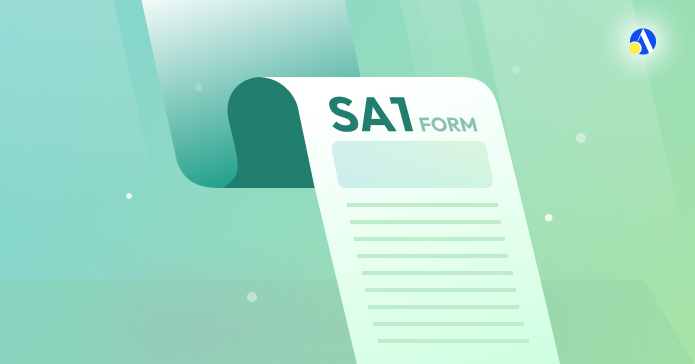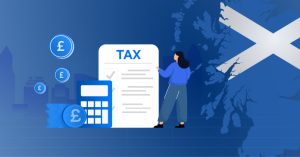Navigating the UK tax system can be challenging, especially when it comes to forms like the SA1. But what exactly is the SA1 form, and when do you need it?
The SA1 form is essential for registering with HMRC’s Self Assessment system. It's required if you’ve started freelancing, begun renting out property, or experienced significant financial changes.
This guide will walk you through everything you need to know about the SA1 form—who it’s for, why it matters, and how to complete it with ease.
What is the SA1 Form?
The SA1 form is an official document from HMRC that allows you to register for Self Assessment if you're not automatically enrolled. Essentially, it serves as your formal introduction to HMRC's self-assessment system.
Once your application is processed, HMRC will issue you a 10-digit Unique Taxpayer Reference (UTR) number. This UTR is essential for all future self-assessment tasks and communications.
Who Needs to Submit an SA1 Form?
You must submit an SA1 form if any of the following apply to you:
Income-related circumstances:
- You earn rental income from a UK property. For more information about rental income property tax, read our blog Short Term Property Income Lettings.
- You receive foreign income that hasn’t been taxed. To delve into a recently popular topic, foreign income and its tax implications, read SA106: Your Guide to Foreign Income Tax.
- Your annual income exceeds £100,000.
- You have untaxed income that cannot be collected through PAYE.
- You earn income from trusts or settlements.
Tax-related scenarios:
- Paying Capital Gains Tax is required.
- Your adjusted net income exceeds the threshold for receiving Child Benefit payments. Read the last rules about Child Benefit after 2025 Spring Budget here
- You wish to claim specific tax reliefs, such as SEIS or EIS.
Business Activities:
- Starting self-employment
- Becoming a business partner
- Taking on the role of a company director with added tax responsibilities
Here’s the key takeaway: if you earn income that isn’t automatically reported to HMRC or if your tax affairs have grown more complex, you’ll likely need to complete the SA1 form.
The Difference Between SA1 and SA2 Forms
Knowing the difference between the SA1 and SA2 forms can help you avoid unnecessary confusion and save valuable time:
SA1 Form: Designed for general Self Assessment registration, this form is used when registering for reasons other than starting self-employment.
SA2 Form: This form is specifically intended for individuals registering as newly self-employed. It features detailed questions about your business activities and is carefully designed to address the unique aspects of self-employment.
If you're uncertain about which form to choose, focus on the main purpose of your registration. Starting a freelance business? Opt for SA2. Managing rental properties or handling foreign income? Go with SA1.
What Happens After Submission?
Once you've submitted your SA1 form, HMRC typically issues a response within 21 days, though this timeframe may be longer during peak periods. Upon approval, you'll receive your Unique Taxpayer Reference (UTR), a crucial piece of information you’ll need to keep secure for future use.
If you submitted your form online, you might be able to access your UTR sooner via the HMRC app or your personal tax account. Your UTR serves as your gateway to the self-assessment system—essential for filing tax returns, making payments, and handling any correspondence with HMRC regarding your tax matters.
Getting Professional Support
Struggling with tax forms or self-assessments? Let Debitam make it easy! Our expert team helps you navigate the UK tax system, from SA1 forms to managing rental income or foreign earnings. We handle the complexities so you can stay stress-free and compliant with HMRC. Get the support you need today!













